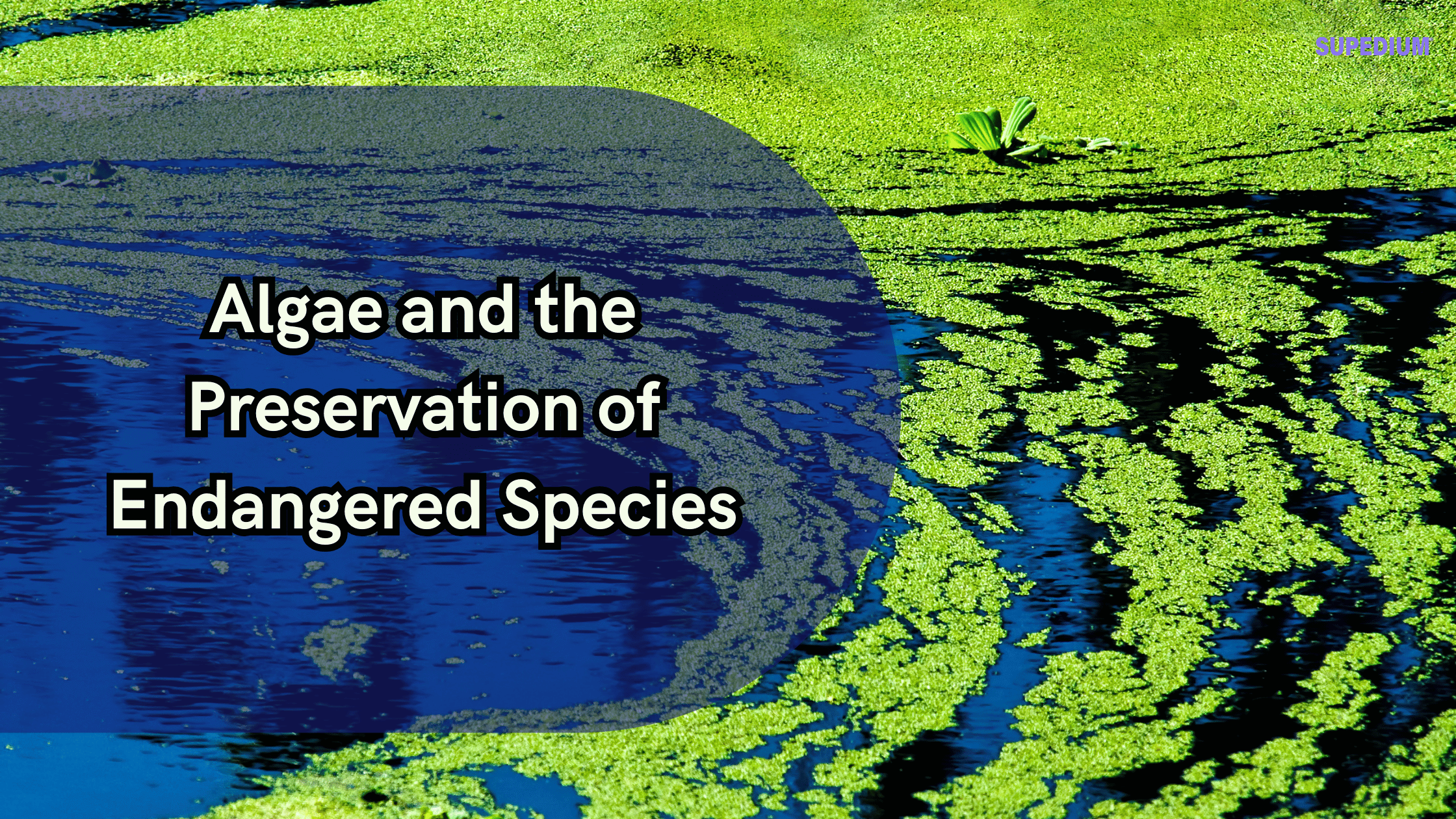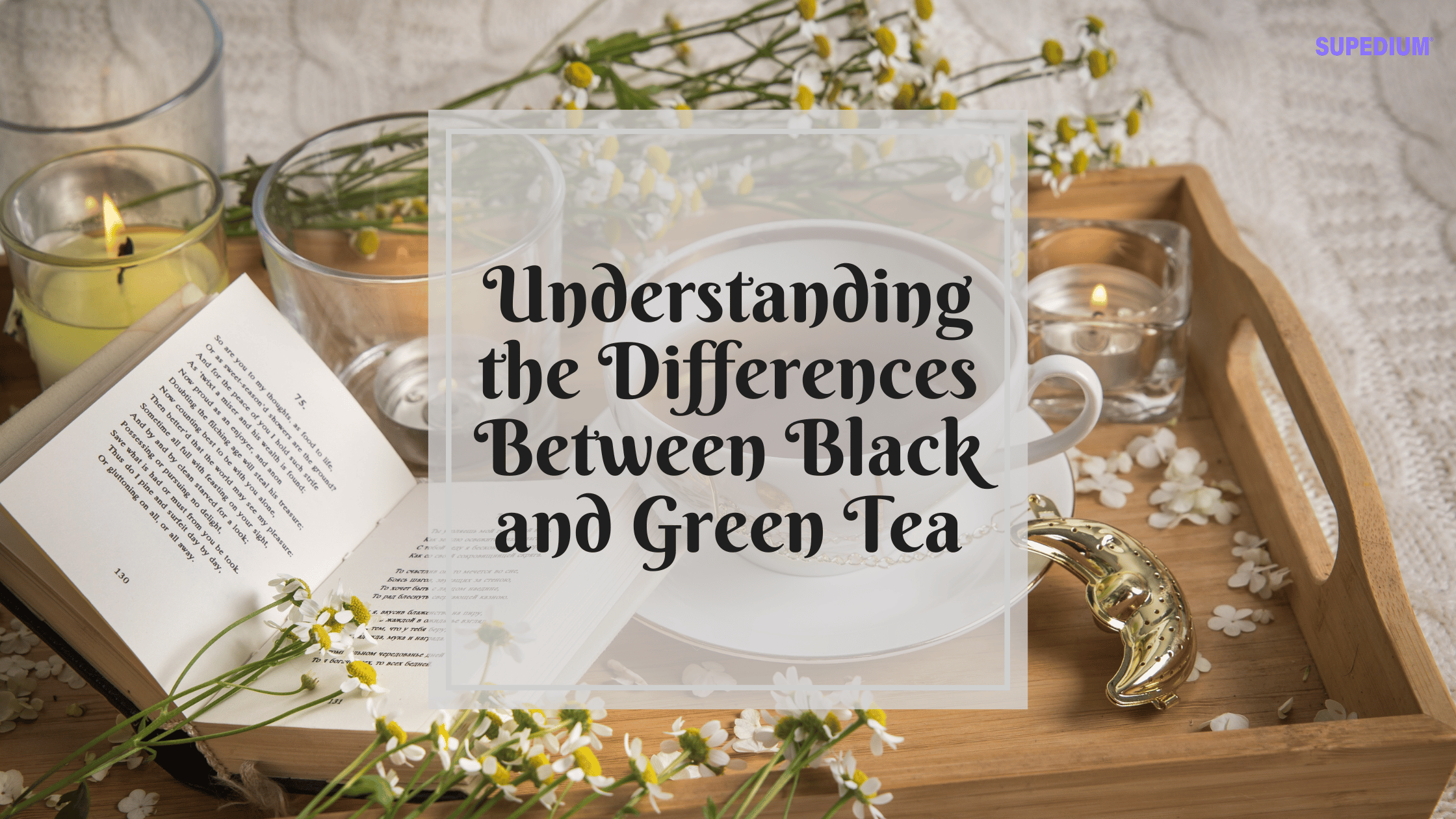Table of Contents
![]()
Algae play an often overlooked yet crucial role in maintaining the health of aquatic ecosystems, which directly influences the survival of numerous endangered species. From providing food to creating habitats, algae are indispensable for the biodiversity of both freshwater and marine environments. As climate change, pollution, and habitat destruction increasingly threaten ecosystems, understanding the connection between algae and endangered species is critical for their preservation. This article explores how algae contribute to the conservation of endangered species, the threats algae face, and the conservation efforts underway to protect these vital organisms.
The Role of Algae in Ecosystems
Definition and Types of Algae
Algae are diverse photosynthetic organisms that thrive in both aquatic and terrestrial environments. They range from microscopic phytoplankton to large, complex seaweeds. Algae can be classified into two main categories:
- Macroalgae: These are larger, multicellular algae such as seaweeds, including kelp, green algae, and red algae.
- Microalgae: These are smaller, often unicellular algae, including phytoplankton that float in the water column.
Despite their size difference, both types of algae contribute significantly to the health of ecosystems. They act as primary producers, forming the base of the food web and sustaining a variety of species, including many endangered ones.
Ecological Functions of Algae
Algae are essential to the functioning of ecosystems, particularly in aquatic environments. Their key ecological functions include:
- Primary producers in food webs: Algae are the foundation of many aquatic food chains, converting sunlight into energy that sustains herbivores, which in turn feed carnivores and other higher trophic levels.
- Oxygen production and carbon sequestration: Algae, especially phytoplankton, are responsible for a large portion of the Earth’s oxygen production. Additionally, they help in sequestering carbon, mitigating climate change.
- Habitat creation: Algal beds, kelp forests, and seagrass meadows provide critical habitats for various marine and freshwater species. These habitats offer shelter, food, and breeding grounds for countless organisms.
By performing these ecological functions, algae support biodiversity and maintain the delicate balance of ecosystems, making them vital for the conservation of endangered species.
The Link Between Algae and Endangered Species
Algae as a Food Source
Algae are an important food source for many endangered species, particularly herbivores in aquatic ecosystems. For example:
- Manatees feed on seagrasses, which are often associated with algal beds, and sea turtles consume algae as part of their diet. When algae are abundant, these species have a reliable source of nutrition, supporting their populations.
- Marine mammals like dugongs also depend on algae-rich environments, particularly seagrass meadows and kelp forests, which are critical to their survival.
When algal habitats are compromised, these species lose an essential food source, jeopardizing their survival.
Habitat Creation
Algae play a direct role in creating and maintaining habitats for endangered species:
- Algal beds and seagrass meadows: These habitats are essential nurseries for many juvenile fish species, providing shelter and a rich source of food. Without these habitats, the survival rate of young fish decreases, affecting both the species and the entire ecosystem.
- Coral reefs and algae symbiosis: The relationship between coral reefs and symbiotic algae, such as zooxanthellae, is a perfect example of how algae support biodiversity. Zooxanthellae provide corals with essential nutrients through photosynthesis, while corals offer a stable environment for the algae. This symbiotic relationship sustains diverse marine species, many of which are endangered.
By preserving algal habitats, we ensure that endangered species have access to safe environments where they can thrive.
Protection from Predators
Algae also offer protection to endangered species by providing shelter and camouflage. For example:
- Algal mats can provide refuge for small fish and invertebrates, keeping them safe from predators.
- Kelp forests offer dense canopies that act as natural barriers, protecting species like juvenile fish from larger predators.
In this way, algae help to reduce predation pressure on vulnerable species, contributing to their survival.
Case Studies: Algae and Endangered Species
Manatees and Seagrass Algae
Manatees, also known as sea cows, are large, herbivorous mammals that rely heavily on seagrass meadows for food. These meadows are often rich in algae, which help to maintain a stable and nutritious food source for the manatees. However, these habitats are increasingly threatened by human activities, including coastal development and pollution, which can lead to the destruction of seagrass beds and the proliferation of harmful algal blooms (HABs).
Algal blooms can smother seagrass beds and reduce water quality, making it more difficult for manatees to find food. In response, conservation efforts are focused on restoring these crucial habitats and reducing nutrient pollution, which fuels harmful algal blooms.
Sea Turtles and Algae
Sea turtles, such as the green sea turtle, consume algae as part of their diet, particularly the algae found in coral reefs and on seagrass beds. However, algal blooms caused by nutrient pollution pose a significant threat to their food sources. These blooms often produce toxins that are harmful to sea turtles, causing illness or death.
Protecting sea turtle habitats from harmful algal blooms is essential for their conservation. Efforts to reduce nutrient pollution, as well as protect and restore coral reefs and seagrass meadows, are critical for maintaining the health of these ecosystems and ensuring the survival of endangered sea turtles.
Coral Reefs and Symbiotic Algae
Coral reefs are among the most biodiverse ecosystems on the planet, supporting countless species of fish, invertebrates, and other marine life. A crucial component of coral reef ecosystems is the symbiotic relationship between corals and zooxanthellae, a type of algae that lives within the coral’s tissues. Zooxanthellae provide corals with nutrients through photosynthesis, while corals offer a stable environment for the algae.
However, coral reefs are under threat from climate change, pollution, and overfishing. Rising sea temperatures cause coral bleaching, a process where corals expel their symbiotic algae due to stress, resulting in the loss of habitat for many species. Efforts to protect coral reefs, restore their health, and reduce stress factors are essential for maintaining the algae that support this ecosystem.
Threats to Algae and Implications for Endangered Species
Climate Change
One of the most significant threats to algae is climate change, which is raising ocean temperatures and altering precipitation patterns. Warmer waters can disrupt the delicate balance between corals and algae, leading to coral bleaching and the loss of habitat for many species. Additionally, rising temperatures can exacerbate harmful algal blooms, further threatening aquatic ecosystems.
Pollution
Pollution, particularly nutrient runoff from agriculture and wastewater, contributes to eutrophication and harmful algal blooms. These blooms can deplete oxygen levels, release toxins, and smother seagrass and coral habitats, directly impacting the species that rely on algae for food and shelter.
Overfishing and Habitat Destruction
Overfishing and the destruction of algal habitats, such as kelp forests and seagrass meadows, lead to a decline in the species that depend on these ecosystems. Overfishing disrupts the balance of marine ecosystems and exacerbates the decline of algal populations by removing herbivores that help control algal growth.
Invasive Species
Invasive species, including non-native algae, can outcompete native species and disrupt the ecosystems that endangered species rely on. Invasive algae can alter nutrient dynamics and diminish habitat quality, further threatening the survival of endangered species.
Conservation Strategies Involving Algae
Protecting Algal Habitats
The most effective way to protect endangered species that depend on algae is to safeguard and restore algal habitats:
- Marine Protected Areas (MPAs): Establishing MPAs helps to protect critical algal habitats, including seagrass beds and kelp forests, from human disturbance.
- Restoration projects: Efforts to restore damaged ecosystems, such as coral reefs and seagrass meadows, help to ensure that algae can thrive and support endangered species.
Sustainable Management of Algal Resources
Sustainable management practices are crucial for preserving algal ecosystems:
- Monitoring algal health: Regular monitoring of algal populations and water quality is essential to detect problems early, such as harmful algal blooms or changes in algae diversity.
- Regulating nutrient pollution: Implementing policies to reduce nutrient pollution, such as stricter agricultural runoff controls, helps prevent the overgrowth of harmful algae and promotes healthier ecosystems.
Collaboration with Local Communities
Involving local communities in algae conservation efforts is key to successful preservation:
- Community engagement: Coastal and marine communities can play a significant role in monitoring and protecting algae habitats by reducing pollution and participating in conservation efforts.
- Education: Public education campaigns help raise awareness about the importance of algae in endangered species preservation and promote responsible practices that protect aquatic ecosystems.
Future Directions for Research and Policy
Advancements in Algae Conservation Science
Ongoing research is vital for understanding the role of algae in endangered species conservation and developing new strategies to protect them. Advancements in algae-based solutions, such as using algae to restore degraded ecosystems, hold promise for future conservation efforts.
Policy Development for Integrated Conservation
Policymakers must work with scientists, conservationists, and local communities to develop policies that promote integrated conservation efforts. These policies should focus on protecting algae, reducing pollution, and safeguarding the habitats that endangered species rely on for survival.
Conclusion
Algae play a crucial role in the preservation of endangered species by providing food, habitat, and protection from predators. However, these vital organisms face numerous threats, including climate change, pollution, and habitat destruction. Protecting algae and the ecosystems they support is essential for the survival of many endangered species. Through continued research, conservation efforts, and sustainable practices, we can ensure that algae continue to thrive and contribute to the health of our planet’s ecosystems.
Share This





Be the first to comment